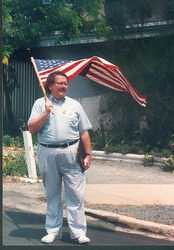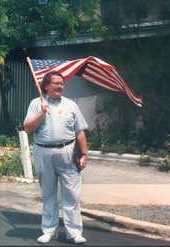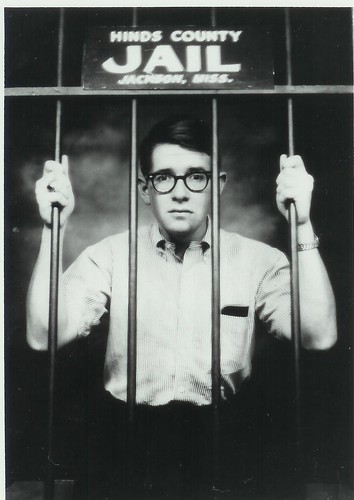Thursday, May 2, 1991
Town is cautious of plan - Residents review UNC land report
The News & Observer, May 2, 1991
By RACHEL BUCHANAN, Staff writer
CHAPEL HILL -- Remembering the conflicts that resulted when the University of North Carolina at Chapel Hill released its land use plan in 1987, residents are wary of trusting their biggest neighbor.
But last month, when the university released its revised plan, the response was guarded. "This is a considerable improvement over the 1987 plan," said Joseph A. Herzenberg, Town Council member.
Still, residents who have long seen the university's growth as a direct threat to their homes and happiness remain wary of the university's long-term plans.
To hear the stories -- already lore among the citizenry -- the release of the university's long-term development plan raised the ire of Chapel Hill's politically active populace like no other event.
Residents, in short, wouldn't accept what the university planned for development in and around their neighborhoods. Their protests forced the university back to the drawing board for more than four years.
...
Town residents say they are pleased by the changes, but not everyone is satisfied.
"There is some distrust," Mr. Herzenberg said. "Over the past 25 years, there have been a number of incidents where there has not just been suspicion the university might do something, there is evidence. The university has disregarded local ordinances and the feeling of people living in neighborhoods surrounding the university."
Residents are upset with parts of the new plan that includes more than six new parking decks, development of a thoroughfare that would draw traffic to the edges of campus -- which would destroy some of the married student housing -- and development of more than 3.5 million square feet of building space on campus in the next 20 years.
"The university is a state institution that does not have to abide by town ordinances," said Estelle Mabry, president of the Neighborhood Alliance, a townwide residents association. "So there is a lot of the concern about where parking decks are going to be. Why are they considering building them on the edge of those neighborhoods, bringing in all those cars? We want to talk about alternative transportation."
By RACHEL BUCHANAN, Staff writer
CHAPEL HILL -- Remembering the conflicts that resulted when the University of North Carolina at Chapel Hill released its land use plan in 1987, residents are wary of trusting their biggest neighbor.
But last month, when the university released its revised plan, the response was guarded. "This is a considerable improvement over the 1987 plan," said Joseph A. Herzenberg, Town Council member.
Still, residents who have long seen the university's growth as a direct threat to their homes and happiness remain wary of the university's long-term plans.
To hear the stories -- already lore among the citizenry -- the release of the university's long-term development plan raised the ire of Chapel Hill's politically active populace like no other event.
Residents, in short, wouldn't accept what the university planned for development in and around their neighborhoods. Their protests forced the university back to the drawing board for more than four years.
...
Town residents say they are pleased by the changes, but not everyone is satisfied.
"There is some distrust," Mr. Herzenberg said. "Over the past 25 years, there have been a number of incidents where there has not just been suspicion the university might do something, there is evidence. The university has disregarded local ordinances and the feeling of people living in neighborhoods surrounding the university."
Residents are upset with parts of the new plan that includes more than six new parking decks, development of a thoroughfare that would draw traffic to the edges of campus -- which would destroy some of the married student housing -- and development of more than 3.5 million square feet of building space on campus in the next 20 years.
"The university is a state institution that does not have to abide by town ordinances," said Estelle Mabry, president of the Neighborhood Alliance, a townwide residents association. "So there is a lot of the concern about where parking decks are going to be. Why are they considering building them on the edge of those neighborhoods, bringing in all those cars? We want to talk about alternative transportation."
Subscribe to:
Post Comments (Atom)







No comments:
Post a Comment